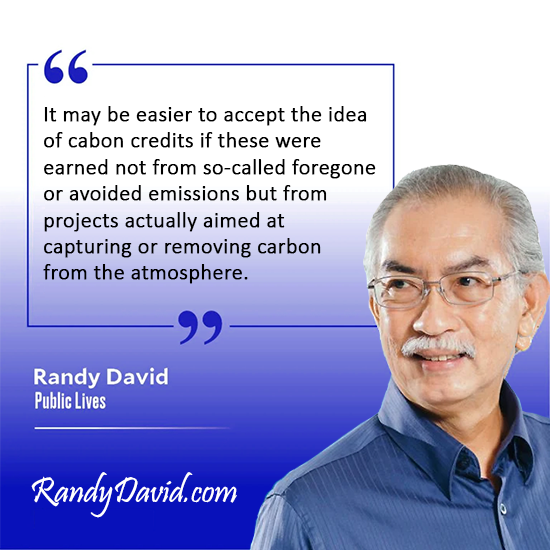
Somewhere in Africa, a new kind of two-burner stove that runs on bioethanol in canisters is steadily replacing stoves that use charcoal, kerosene, and even liquefied petroleum gas. Fifty percent cheaper than charcoal and far more efficient for cooking, it is primarily aimed at improving the situation of poor families living in slums, whose health has been impaired by indoor pollution caused by dirty fuel. That in itself is a worthy goal, quite apart from its beneficial effect on global climate.A start-up company, which makes these “blue-fired” stoves in India, aims not only to sell these in Africa but to the rest of the world. More importantly, it plans to make these available to users at subsidized prices by taking advantage of the carbon credits that are created in the process. It’s a fascinating idea and the company is eyeing a $47 billion global market, according to one account.
Here’s how it works. By using clean fuel like bioethanol from sugarcane instead of charcoal or kerosene, households in the world’s poorest regions won’t be generating the same greenhouse gas emissions they had been making before. The “foregone” carbon emissions are then quantified as “offset credits,” which can be sold or traded in carbon credit markets. The buyers are companies or countries that have made voluntary commitments under the 2015 Paris Agreement. The credits they buy are used to offset part of the emissions they make, thus enabling them to comply with their commitments.
It’s amazing how “foregone emissions” can be transformed into a tradeable commodity. As The Economist special report (11/20/23) bluntly put it: Selling carbon credits is based on the idea that “the emissions [one country or company] is not making can now be made by someone else.”
If it’s a question of monetizing any conceivable asset in order to raise much-needed funds for development, trust Albay Rep. Joey Sarte Salceda to know about it. He is, after all, the chair of the House ways and means committee. Two weeks ago, at the signing of a memorandum of understanding between the Climate Change Commission and Maharlika (there’s that name again) Carbon Technologies, LLC, he grandly declared: “We should aim to be the first country in Asia, and perhaps the world, to sell sovereign carbon credits.”
The partnership, according to news accounts of the event, is meant to facilitate the country’s entry into the market for voluntary carbon credits as well as into the global exchange platform for the unique commodity bearing the euphemistic label “Internationally Transferred Mitigation Outcomes.” Although Salceda has not named the projects that will generate these sovereign carbon credits, he is confident that the country can easily raise an initial $14 billion in cash and other benefits from their sale.
But I can’t help wondering—if carbon credits (earned from avoided emissions) in one country were to be used to offset carbon emissions yet to be made in another, how will such a scheme reduce greenhouse gas emissions on a global scale? The entire thing might sound less absurd if the purchased credits were simply “retired,” meaning used to offset carbon emissions already made—rather than kept as a reserve or traded to offset future emissions.
It may be easier to accept the idea of carbon credits if these were earned not from so-called foregone or avoided emissions but from projects actually aimed at capturing or removing carbon from the atmosphere. But the technology for sequestering carbon is still so expensive that it may not make much sense to produce offset credits through this method.
The current trend is to source these credits from projects that replace fossil fuels with renewables, like the shift to electric vehicles. For countries like ours, however, it may be more realistic and practical to generate carbon credits from so-called “nature-based solutions” as reforestation (restoring degraded forests) and afforestation (establishing new forests on land not previously forested), and planting mangroves in coastal areas.
These are necessary actions that have received scant attention because of the race to convert available land to subdivisions, memorial parks, golf courses, farm resorts, and fishponds. They can well be undertaken as joint projects of government and the private sector.
—————-
